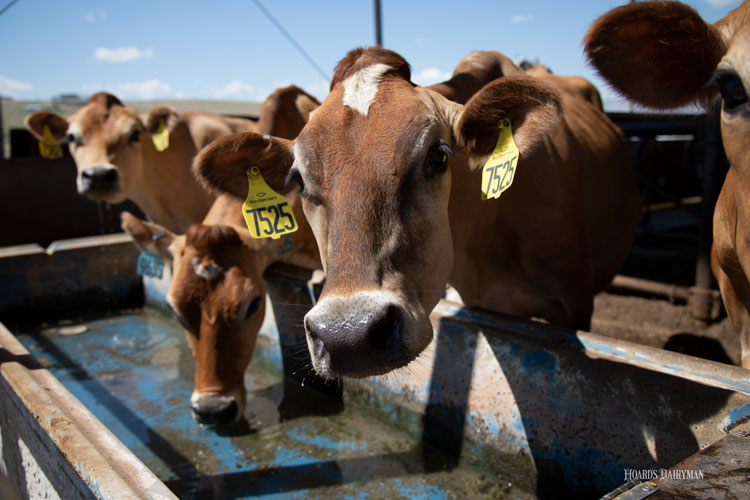
From the peak of 9.438 million dairy cows in January 2018, the U.S. dairy cow inventory has declined by 128,000 head as of July 2019. This has contributed to the three most recent quarters of milk production registering as the slowest growth of any quarters from 2014 through the third quarter of 2018. What’s more, milk production for the first seven months of this year has been virtually identical with the same months of 2018. With lower milk output, milk prices have responded.
The October Class III futures contract pushed forward from $16.48 at the end of March to $17.76 at the end of June and has held within 30 cents of that level for all but two days since. The U.S. All-Milk price reached $18.70 per hundredweight (cwt.) in July, the highest since January 2017 and one of only three months above $18.50 since December 2014.
While it is always difficult to separate the collection of supply and demand factors that move markets, recent price strength seems to be largely a result of supply restraint.
But will it last?
Seven major milk production states still have July 2019 cow numbers above those in January 2018, led by:
- Texas (+35,000 thousand)
- Colorado (+17,000)
- Idaho (+15,000)
These three states have yet to see any month in which dairy cow numbers fell during that span. Sharp cow number reductions in Pennsylvania (-40,000) and in the sum of the states not individually included in the monthly survey report (-44,000) have at this point overshadowed the growing states, but clearly not all producers are in contraction mode.
No one associated with the dairy industry wants to see long-term contraction. However, until dairy product demand can support profitable milk prices for most operations, there are not a lot of other options to keep producers on solid financial ground. To this point the industry has liquidated just over 53 percent of the additional cows put into production from late 2013 until the peak in January 2018. It will likely take continued reduction in the herd to keep prices at or above those registered recently.








